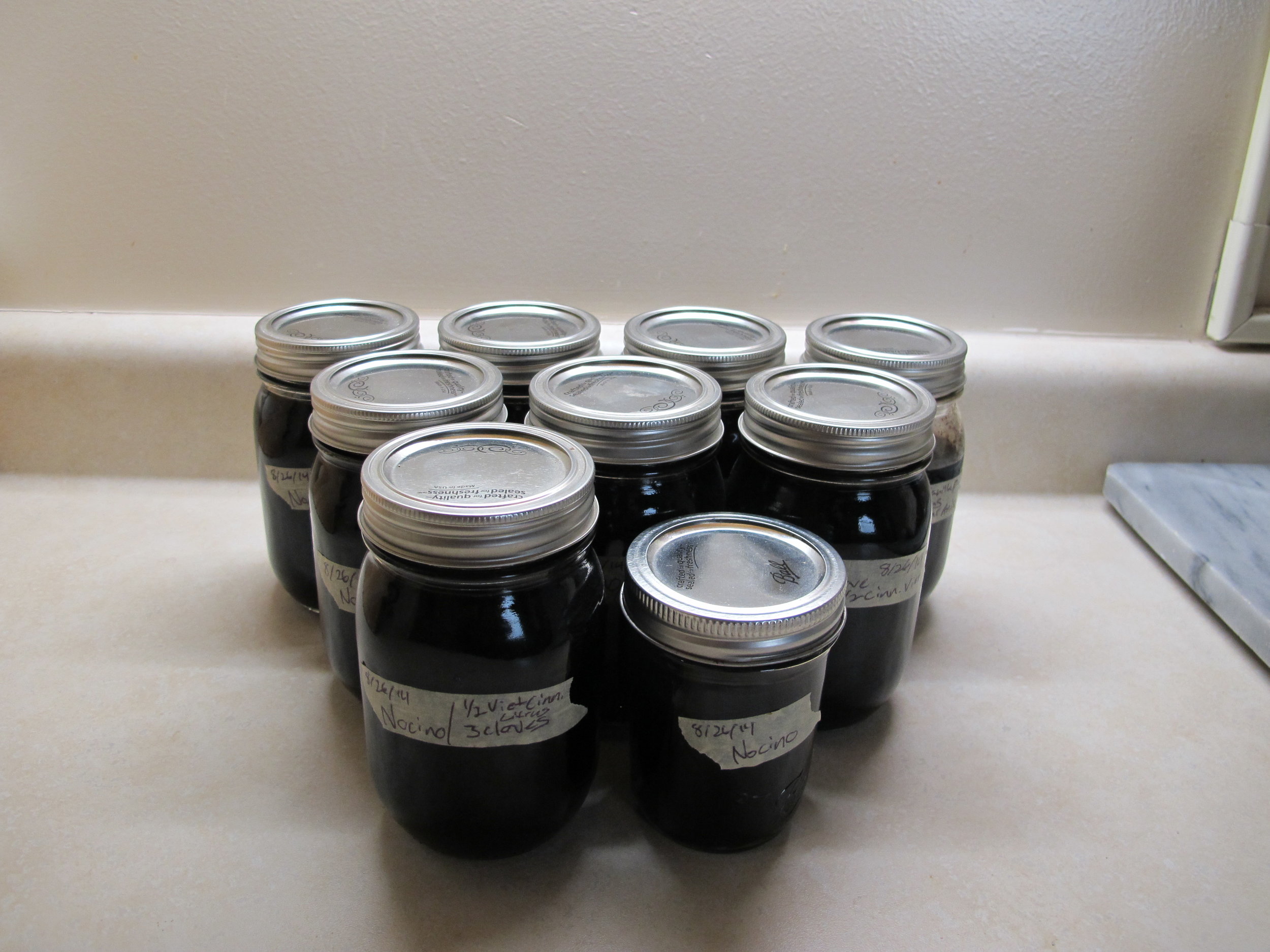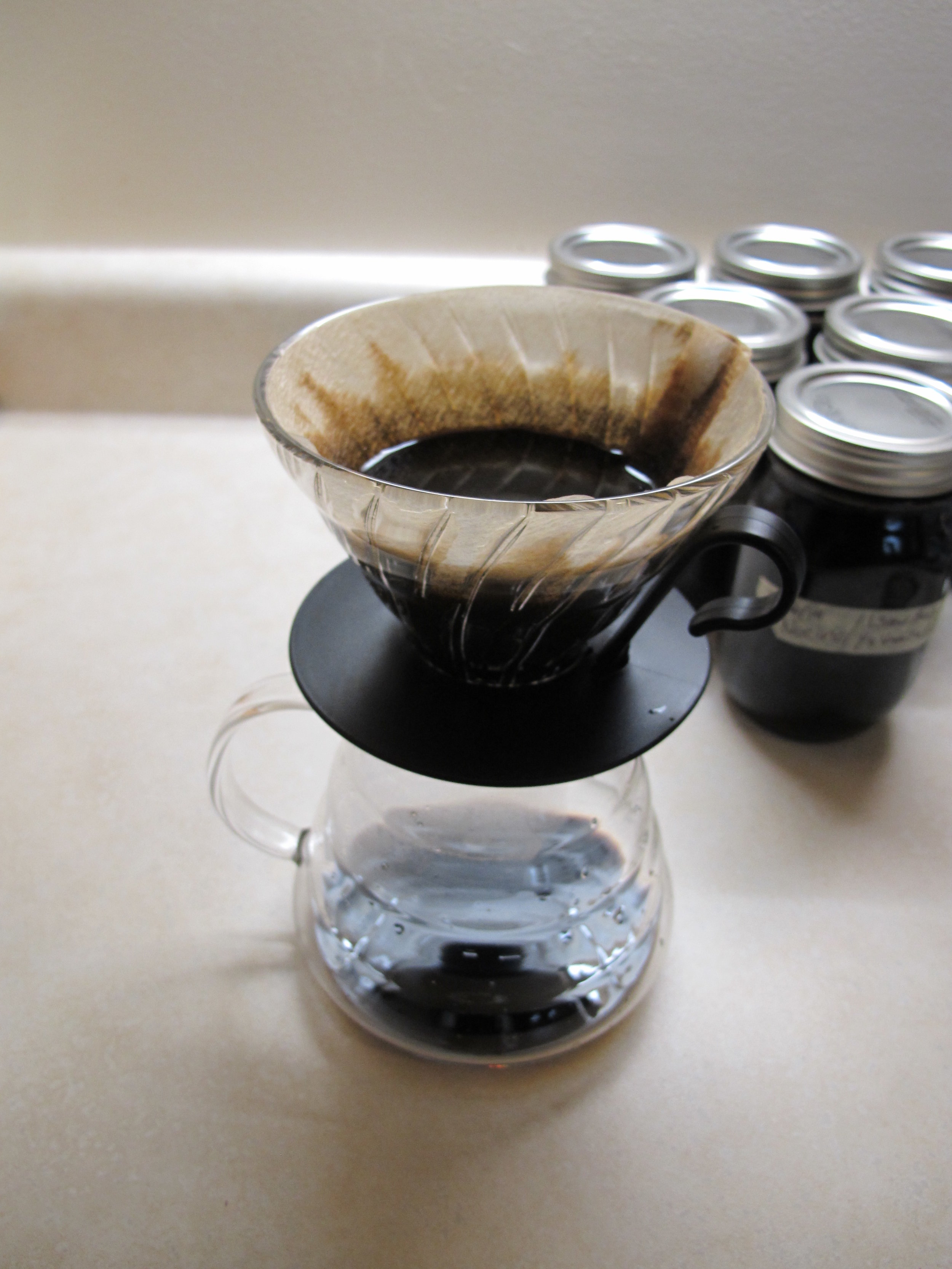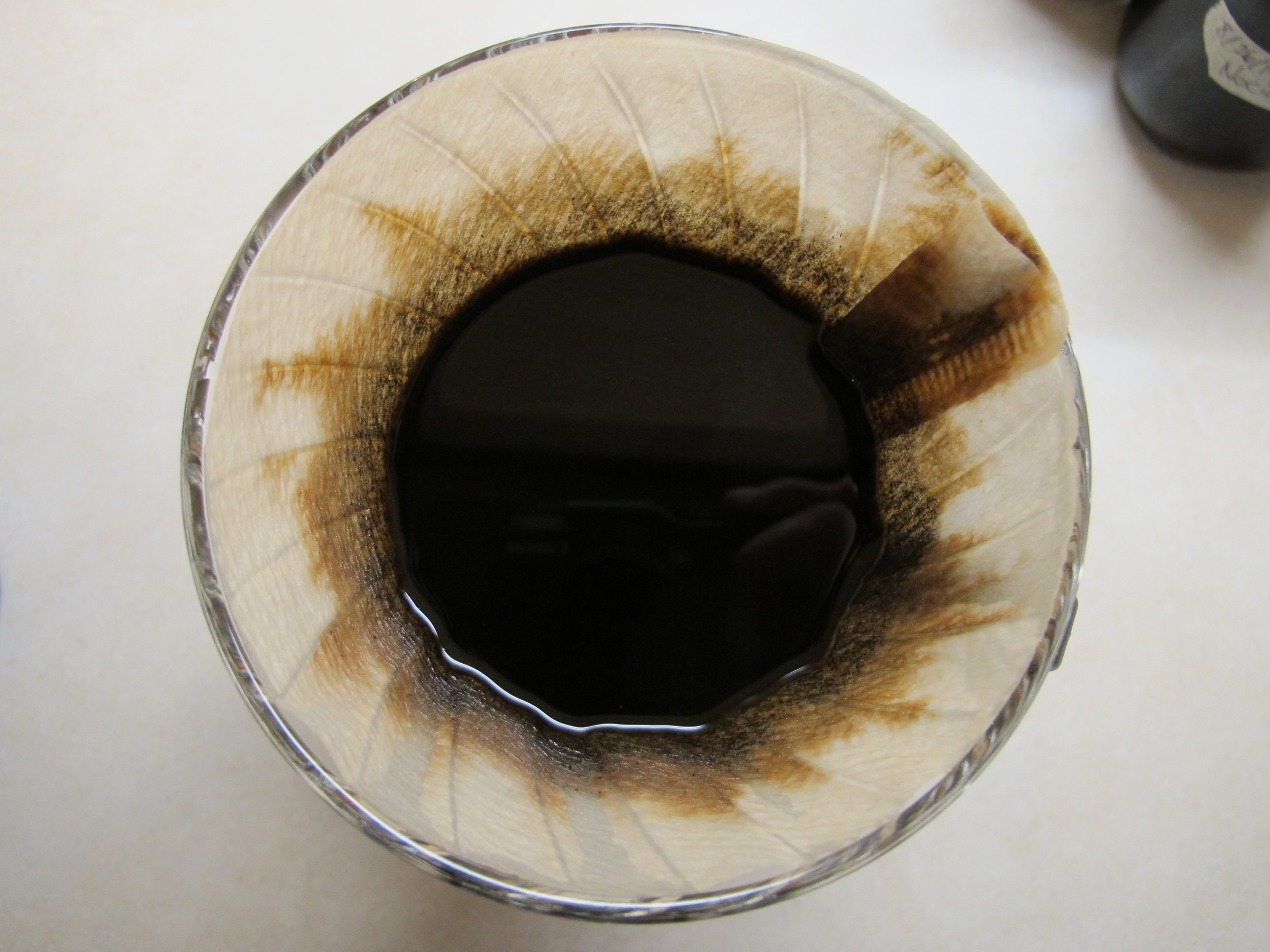ADI's Judging of Craft Spirits Continues to Set a High Bar
Paul Clark of Imbibe Magazine
In February, the American Distilling Institute will hold its 11th Annual Judging of Craft Spirits, making it one of the longest running and most respected spirit competitions in the United States. The mission of ADI's judging is to help promote the craft distillers, blenders, bitters makers and producers of aperitif & fortified wines that are making the finest quality artisan spirits and to give participating producers valuable, unbiased, third-party feedback on the quality and process of their products. To achieve this mission ADI has developed a set of industry leading protocols that govern how the spirits are handled and tasted, we select our judging staff from the top spirit experts in the world, and our awards are solely earned based on individual merit.
What most spirit competitions will not tell you is that it is impossible to eliminate all subjectivity from a judging performed by human beings. However, because ADI is committed to seeing that each spirit receives the most objective evaluation possible, we put a lot of thought into all aspects of the judging that might impact how a spirit is perceived. Once all of the spirits have been received they are sorted by spirit class (whiskey, gin, etc.) and category (bourbon, old tom gin, etc.). Once this sorting has been finished the spirits are then organized into flights by the stewards based on proof, maturation, or flavoring. Once the stewards finish flighting the spirits, our lead steward David T. Smith, creates a schedule so that flights of unaged or lighter spirits go out first before aged or strongly flavored spirits. This schedule is split into a morning session and an afternoon session. This allows us to give some stronger spirits to the judges before lunch after which, a meal and an hours break allows their palate to rest and reset for the afternoon session. We even arrange special meals for the judges' breakfasts and lunches that eliminate strong flavors such as garlic and peppers that might linger and obscure their full sense of smell and taste. All of this is done so that the judges are able to fully taste and evaluate each spirit as well as the one that comes after it.
When flights are sent out to a panel of judges they receive some basic class and category information such as, unaged rum between 80 and 86 proof, and a line of Glencairn copita glasses, each marked with a different number. Each panel consists of at least four judges and each panel is organized to include a variety of training and experience such as, distillers, wholesalers/retailers, bartenders/owners, consultants, and journalists. While other spirit competition sometimes draw judges from more limited backgrounds, ADI believes that having judges from different disciplines on each panel helps create a fuller perspective of each spirit. The judges nose and taste each spirit individually, write tasting notes, comments about what they like, what potentially could be improved, and a numerical score. Because we use judges like Nancy Fraley, Aaron Knoll, Martian Cate, and Hubert Germain-Robin who have the experience to identify specific production process that create both positive and negative flavors, they are able to give more meaningful feedback to the distilleries that entered. Then this process is repeated for each spirit in the flight. In this system each spirit is evaluated and scored on the basses of its own merit and not in comparison to the other spirits that happen to be next to it. Once the judges have finished a flight the panel has as discussion to decide if any medals should be awarded. Sometimes this means no spirit in a flight receive a medal and at other times more than one might earn a gold medal.
Flavien Desoblin of the Brandy Library
ADI's Judging is know for having some of the highest standards and historically it has awarded fewer medals than other competitions. Each spirit has to earn an award solely based on whats in the glass, not its name, not its price point, not where it comes from, just how good the product is. What this means is that those spirits which earn a medal from ADI are among of the best craft spirits in the world. The American Distilling Institute is committed to helping small-scale, independently owned spirits producers improve their craft, grow and promote their products in a growing market. And because of this commitment, ADI's Judging of Craft Spirits will continue to be a leader in the industry, refine our processes to achieve our mission, and to find new ways to preach the gospel of craft spirits to all the world.





